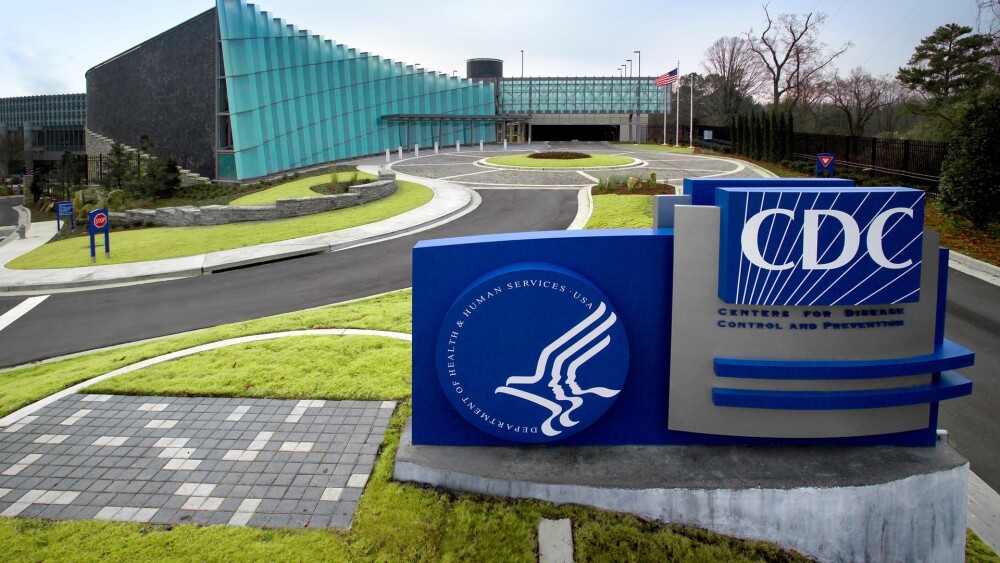California’s life sciences jobs led the nation last year, according to a new California Life Sciences (CLS) report. However, employment growth slowed and could continue slowing. CLS President and CEO Mike Guerra discusses the critical factors influencing California’s success.
Life sciences employment in California grew in 2024 but at a slower rate than the previous two years, according to new California Life Sciences (CLS) data. That slowed growth could continue in 2025, according to Mike Guerra, the state advocacy group’s president and CEO.
Employment rose 2.6% last year, down from 3.4% in 2023 and 4.8% in 2022, according to the data. The continued growth was good but somewhat surprising considering challenges including layoffs and company closures, Guerra told BioSpace. In addition, he said, “I think the real problem is that you do see the pattern of even though there was growth, it was the slowdown of growth, and I think we’re going to see that even more.”
Guerra cited a few factors as affecting employment, including the high cost of living in California, having to compete with other states and countries for talent and National Institutes of Health (NIH) funding cuts.
Although employment growth slowed in 2024, the roughly 345,000 life sciences jobs last year still led the nation, according to CLS’ new 2025 sector report, prepared in collaboration with TEConomy Partners. The state also was No. 1 for NIH funding, with $5.2 billion in fiscal year 2024, and life sciences venture capital, at $19.8 billion for 2024 VC deals.
NIH Funding Rose in 2024 But Expected to Decrease
NIH funding in California rose 2% in 2024, matching the 2% increase in 2023 but falling short of the 4.2% growth in 2022, according to CLS data. The Bay Area received the most funding of any region, $2.1 billion, driven by institutions like UC San Francisco and Stanford University, the sector report noted.
While there was an increase in 2024, NIH funds are expected to decrease moving forward, according to Guerra.
“While the NIH funding came in where we expected it last year, we do anticipate that to drop for 2025 and beyond, which is just a huge concern for us and would be devastating, really, to our industry,” he said.
President Donald Trump’s administration has cut funding for many NIH research programs this year, and The Washington Post reported in April that the government may slash the agency’s fiscal year 2026 budget by about 40%.
A cross-sectional study of 356 new drug approvals from 2010 to 2019 backs that up. It found that NIH funding was associated with 99.4% of the approved drugs.
As an example of how decreased NIH funds affect life sciences companies, Guerra noted that most FDA-approved drugs have ties to the agency’s funding. A cross-sectional study of 356 new drug approvals from 2010 to 2019 backs that up. It found that NIH funding was associated with 99.4% of the approved drugs.
Venture Capital Turned Around in 2024, Jumping 31.3%
NIH funding wasn’t the only life sciences investment that increased in 2024, according to CLS data. Venture capital deals jumped 31.3% last year, a notable contrast from the 5.6% decline in 2023 and better than the 10.3% increase in 2022.
The decreased venture capital in 2023 was in part due to market uncertainty and rising interest rates, which made investors more cautious, Guerra explained. In 2024, he noted, investor confidence started to return, and some deals that had been planned in 2023 closed.
The Bay Area attracted more venture capital last year—$12.5 billion—than any other region in California, fueling new startups, technologies and treatments, according to the sector report.
Sector’s Continued Success Hinges on Talent, Capital, Tax Reforms
The California life sciences sector’s continued success depends on strategic investments in infrastructure, research, education and access to capital, the report noted.
“A strong talent pipeline and access to capital are critical for turning discoveries into real-world solutions, and it’s what California is really known for,” Guerra said. “The continued growth really depends on investing in the full ecosystem, from education all the way through commercialization in the grand scheme of things. And when government takes away the opportunity to invest, it gets worse.”
Guerra noted how the state and federal government have affected life sciences companies’ research and development (R&D) investments. For example, he said, last summer brought changes to California’s state tax credit, meant to address the state’s budget deficit. Signed into law in June 2024, SB 167’s provisions include limiting the use of tax credits—including those for research and development (R&D)—to $5 million for tax years 2024 through 2026.
Another bill signed into law shortly after SB 167 could provide some relief, as it would eliminate the limitation for tax years 2025 and 2026 if the state’s budget improves sufficiently.
Guerra also mentioned the federal government’s R&D tax credit as challenging. It requires businesses to spread out domestic R&D expenses over five years and foreign expenses over 15 years rather than deduct them in the year they were incurred.
A tax bill that could provide relief by reversing this amortization requirement passed the House in May.
Other financial challenges that California’s life sciences sector faces, according to Guerra, include high housing costs and other states offering better business incentives, such as great perks for startups. He noted that companies must decide if they can afford to be in California, looking at their burn rates of whatever funding they have so they know how long it will last.
If I go to California, how long can I survive versus if I take these incentives in another state, and can I get the talent I need there?
“If I go to California,” Guerra said, “how long can I survive versus if I take these incentives in another state, and can I get the talent I need there?”
Guerra noted that it’s disappointing that California doesn’t have better incentives.
“One of the things we’ve fought for for years unsuccessfully is to give California companies a reason to stay when every other state is out there trying to give reasons to move into other states,” he said.
Guerra noted that he doesn’t expect the state to start offering better incentives in the near future, in part due to the budget deficit.
“The hope is there,” he said. “The probability probably isn’t.”
Interested in more career insights? Subscribe to Career Insider to receive our quarterly life sciences job market reports, career advice and more.






